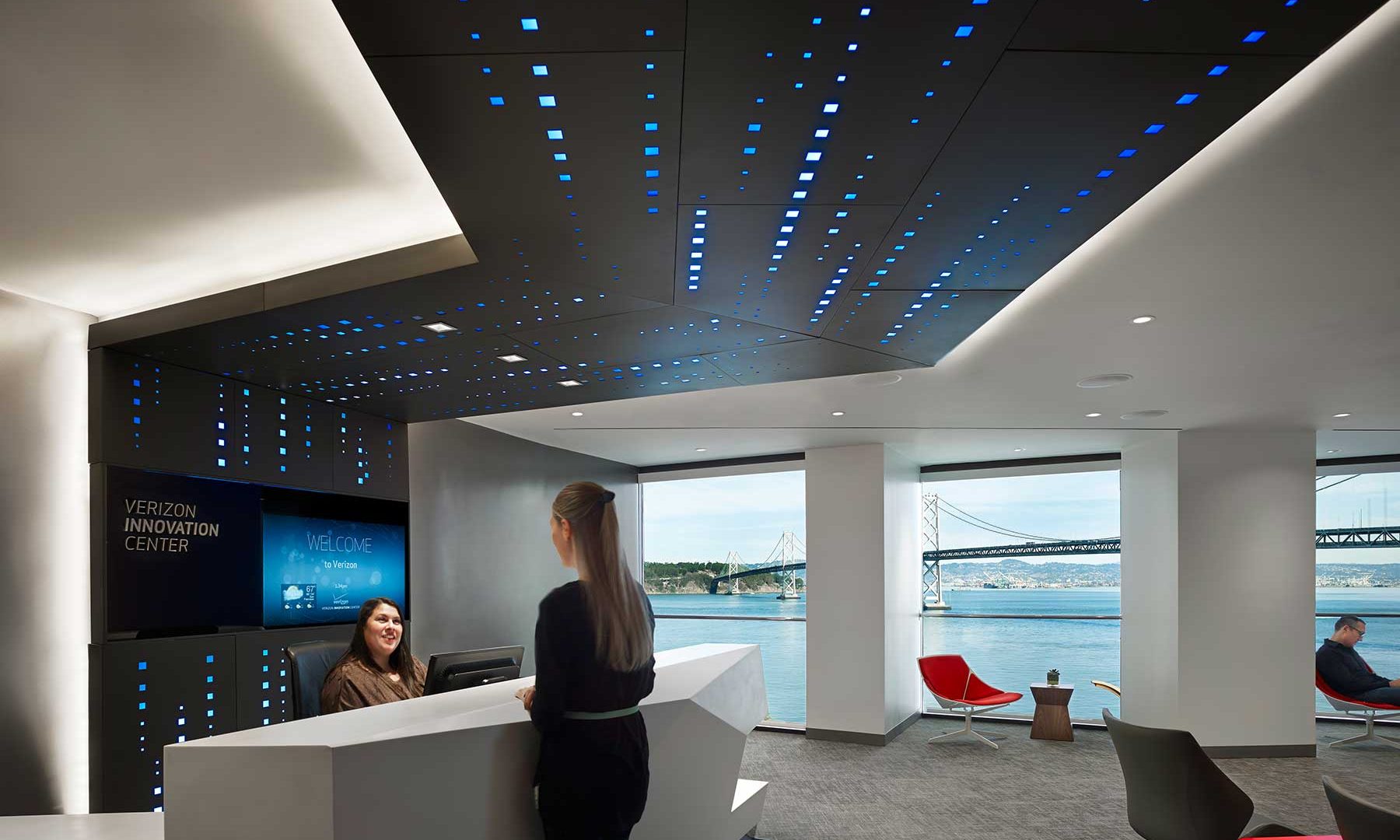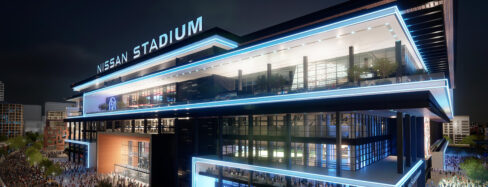HLB’s San Francisco office, my home office, moved during the pandemic.
What was supposed to be an exciting move to a new office turned to a work-from-home reality in the spring of 2020. We put the move on pause until we could navigate the new space under safer circumstances.
As the team cautiously prepares to return to the office, I have found myself getting to know our new Market Street location through solo trips to the space. The element I am most interested in running through its paces, as a member of the HLB lighting controls team, is our lighting control system.
We kept the design simple with dimming scene keypads at the doors to easily turn on the office lights to our tailored light levels when the first person arrives. Sensors throughout the space dim the different general lighting zones when we have adequate daylight, or will turn lights off if we have left an area and forgotten to turn off the lights behind us. These are all typical strategies used to meet our local Title 24 energy code. The design finesse comes from how we have zoned the luminaires and allowed for dimming to set lighting scenes for different uses of the space, from everyday work mode, to presentations, to evening events.
This lighting control system was designed before we knew remote work would become the norm for nearly two years, and before we completely rethought what it means to have a brick-and-mortar office. We are fortunate to have such a flexible intuitive system to meet our new flexible schedules. Our lights are not locked into a timeclock housed in a maintenance area that is difficult to access, or with opaque programming instructions. With our simplified keypads and sensors, our lighting will meet the office’s schedule as it changes day to day to keep our lighting energy consumption as efficient as possible.
This is simpler with systems built for a smaller group, in which you can easily assess if you are the first one in or the last one to leave. How do we create a similarly flexible system for offices with hundreds of people and multiple floors or buildings? The lighting control user interface design needs to be reassessed as our in-office schedules take on more variability.
Simple keypads, buttons and sensors will still be part of future control systems, but to maximize energy savings with our flexible work schedules, more options are needed. Personal devices like smart phones, already used in homes as lighting control interfaces, may become more common for spaces we frequent and have ownership of how the environment functions. They may also be used within building common spaces to sense occupancy in addition to more traditional sensors.
Timeclock scheduled lighting controls will benefit from more accessible user interfaces to easily adjust lighting schedules. They may be self-adjusting based on employees scheduling their in-office days within a company network or allow for a more tailored schedule based on building staff inputs. Be on the lookout for lighting controls manufacturers developing self-adapting timeclocks that can be adaptive to self-learn schedules. Similar to smart home technology, like a Nest thermostat that knows your temperature preferences based on time of day, we see lighting control capable of intuition and its relationship human behavior.
The design challenge will be integrating the technology so that it enhances the user experience and adapts to their flexible nature. More than the form, the function will make sure lights are on for employees when teams are coming into the offices on different days, and the lighting controls are still serving their primary function of turning off lights to an unoccupied space.
Reevaluating the lighting control user interface can be a thankless task because it will achieve perfections when interacting with a building’s lighting is effortless or takes no thought at all. My goal is to make lighting controls design for future office projects as successful as the system in our new San Francisco office, ensuring intuitive control while making sure the office lights don’t stay on while everybody’s home.


